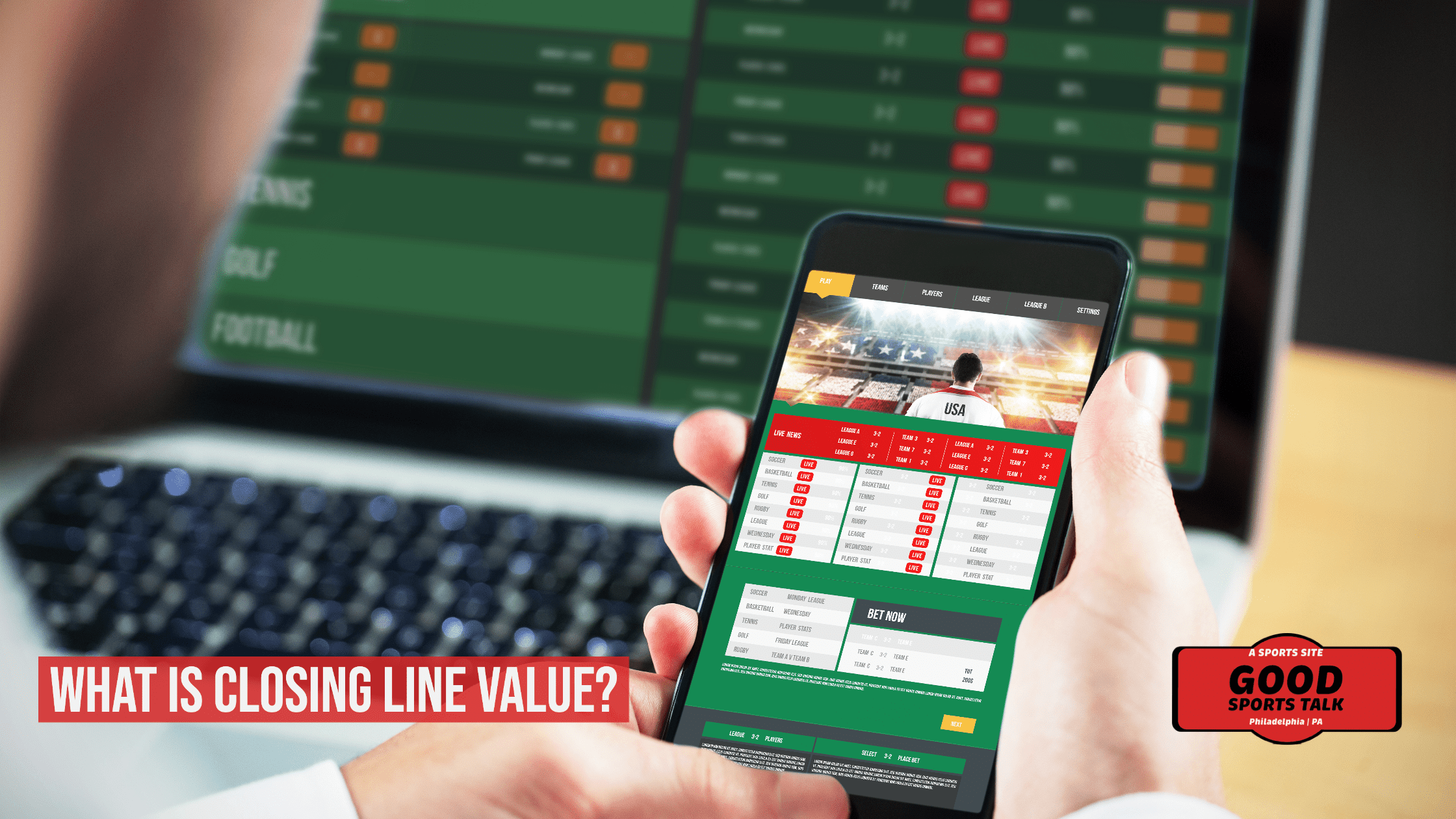What is the closing line value? This is a question that is asked by bettors all the time. This blog post will discuss closing line value and how to calculate it. We will also discuss why it matters and how you can use this information when placing bets.
Advanced sports bettors who win go into each wager they make with a purpose in mind, and it isn’t simply to make money. While this is also a goal, the primary objective is to beat the closing line. It’s in your best interest to consistently beat the closing line throughout many bets to succeed over a long time. It indicates an advantage in the market, and it’s a tremendous accomplishment in sports betting.
In general, the closing line of a bet is assumed to be the sharpest it possibly can be. As a result, these lines are considered the best representation of the actual probabilities of an event occurring.
What is Closing Line Value?
Closing line value is a bettor’s relative price against the closing odds. Positive closing line value is achieved if the odds when they place a wager are better than the closing odds for the market. Negative closing line value is if the odds are better at closing than when the wager was placed.
CLV is something that winning sports bettors frequently discuss. Beating the market means getting a better price than the closing price. The closing line is the last line available before a game begins. All bettors should evaluate their overall betting ability by comparing their wager to where the line closes.
For example, imagine you bet an MLB team to win the morning of the game. The odds when you placed the wager were at -110. Now, one minute before game time, the same bet is priced at -150. In this case, you have a positive closing line value. If the bet instead closed at +110, you have a negative closing line value because the odds are better at closing.
Why Is Closing Line Value Important?
The primary goal of Closing Line Value is to provide an alternative measure of performance. The simple idea is that if you have enough closing line value to cover the vig, you should be a winner in the long term. The fact is that outperforming the closing price is a far better predictor of long-term success. According to many sports betting experts, it’s better to evaluate performance based on CLV rather than actual outcomes, primarily influenced by the efficient market hypothesis. The efficient market hypothesis can be summarized in sports betting by saying new information moves the bet’s odds. If this is true, we should spot long periods where betting lines are static since no further information has been released.
How to Beat the Closing Line
In sports betting, beating the closing line is no easy task. But a simple betting process you can follow is to place bets earlier rather than later. If we follow the idea of an efficient market, the earliest betting odds will be the least informed odds. Meaning that oddsmakers are making many more assumptions about a game or event the further away from the start time.
For example, when oddsmakers release betting lines the night before a game, they make their best guess about the lineups by using data from previous games and injury reports from around the league. They try to project game totals and win percentages for each team based on their assumptions. This stuff might be adjusted in real-time before the game starts if something significant changes or an unforeseen occurrence occurs. Maybe the weather is uncertain. If the forecast changes, this can significantly impact the betting odds.
Another way to beat the closing line is to have multiple sportsbook accounts. Many sportsbooks will follow one another and maintain similar betting odds. Still, you can usually discover one different from the rest of the market. This is known as line shopping, where you utilize multiple sportsbooks in order to find the best odds available. This is different from arbitrage betting, and could help in achieving positive closing line value.
How to Calculate Closing Line Value
CLV = (Closing Implied Probability – Wager Implied Probability)/(Wager Implied Probability)
To calculate the closing line value, you will need to convert the closing line and wager line in to implied probabilities. The simplest way is to use an odds converter calculator to convert from American Odds to Implied Probability. Now that you have the implied probability, you can simply run the calculation.
As an example, if you bet The Dodgers Moneyline at -110, a 52.4% implied probability and the closing line was -120, a 54.5% implied probability. In this case you would calculate it as: (54.5-52.4)/52.4
Conclusion
Hopefully, this helps to better understand what closing line value is and why it matters. Beating the closing line is not easy, but following simple steps can help. Remember to do your research and never bet more than you can afford to lose. The simplest way to beat the closing line is to make winning bets. If you’re looking for a simple way to consistently find winning bets, take a look at our daily betting picks. We do all the hard work, so you don’t have to. Sign up for our newsletter to get all the news and updates delivered straight to your inbox!
